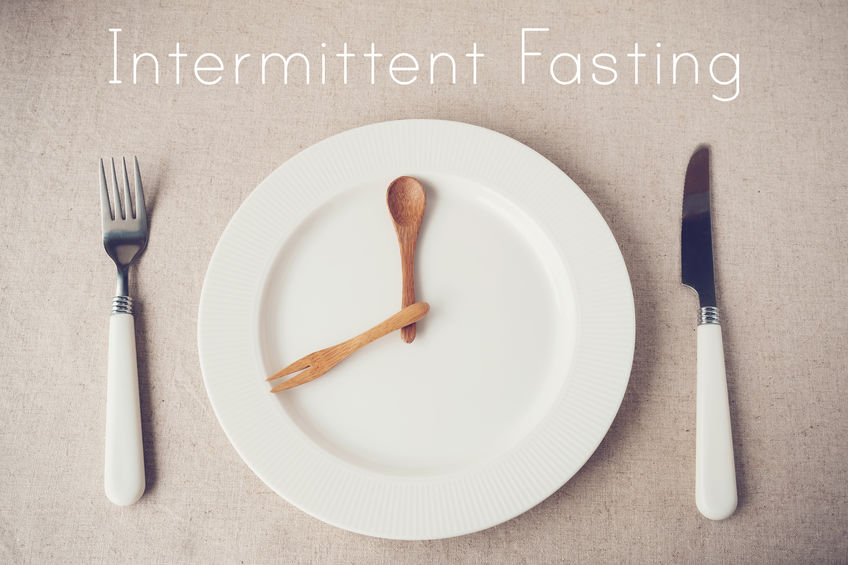Trendy diets come and go. But sometimes there of elements of trendy diets that are worth incorporating into your healthy diet. Experts sort through the fads to see what really helps you lose weight.
With your best friend raving about paleo and your daughter eating raw foods, you might be feeling like a slouch for not jumping on the latest diet trend yourself.
But you shouldn’t. Rigid regimes and complete diet overhauls can be especially tough to stick to, says Kristen Smith, a dietitian and spokesperson for the Academy of Nutrition and Dietetics. She says weight loss success comes from focusing on “lifestyle changes that work for you and you can maintain for the long haul.”
That doesn’t mean there isn’t anything of value in most popular diets. Even if you aren’t about to go full-throttle keto, our experts say you can find some valuable à la carte wisdom on the following five weight loss plans. What follows are the helpful takeaways from each.
What to Steal from Trendy Diets
Keto
The first high-fat, very-low-carb diet regimen was developed more than a century ago to treat medical conditions such as epilepsy. While there are several variations on today’s keto, generally, a heaping 70 to 80 percent of your daily calories will come from fat, 10 to 20 percent from protein, and a scant 5 to 10 percent from carbs. On the keto menu: meats, dairy, nuts, avocados, cheese, fish, poultry and non-starchy vegetables like broccoli and leafy greens. You avoid bread, cereals, pasta, legumes and most fruits. (Fats are valued so much that some keto followers even swirl butter into their morning coffee.)
Any diet that stars bacon would seem a dubious road to weight loss. But there is solid science behind it. If you deprive the body of carbs to make glucose, it starts burning your stored fat as its energy source, a process called ketosis. (You can’t have “cheat days” or you will stop this process.) Fat is also very filling: Eating keto can suppress your appetite and reduce cravings so you may take in fewer calories, says Samantha Cassetty, a registered dietitian in New York City
Does it work? Some research has found that going keto can help you drop pounds if you can stick with it. A 2020 study in the journal Nutrition & Metabolism, for example, found that participants (34 men and women ages 60 to 75) in an eight-week trial lost an average of nearly 15 pounds. There’s not yet a lot of research into keto’s longer-term benefits for weight loss, however.
The downside: Leaving out fruit and whole grains can result in constipation and nutrient deficiencies, so supplementation might be necessary. Eating this way can be hard to sustain — when you go back to eating your ordinary crackers and pasta, you may gain the weight back. And consuming too much meat may increase your cholesterol levels over time. “We don’t know the cardiac consequences of following this diet long term,” says Smith. In the short term, you may suffer “keto flu” symptoms such as nausea, fatigue and headaches as your body adjusts.
What to steal: Fat is not the enemy. The low-fat diet craze that started in the ‘80s may have scared dieters away from all fats. But not all fats are bad fats. “Eating moderate portions of healthy fats can help you lose weight. Unsaturated fats like olives, nuts, seeds and olive oil can help reduce appetite and promote a feeling of fullness,” says Cassetty, adding that these foods also add flavor or texture that improves the appeal of the nutritious foods like veggies they’re often paired with.
16/8 intermittent fasting
With the 16/8 diet, you eat all your daily calories during an eight-hour window, then abstain completely the other 16. You might finish dinner by 8 p.m., say, then fast until lunch the next day. By limiting the amount of time you eat every day, you may naturally take in fewer daily calories, Smith says. Fasting can kick your body into burning stored fat and provide other metabolic benefits that may boost longevity.
Does it work? To date, most of the research into fasting for weight loss has been done with animals. In humans, the evidence is mixed: One 2018 study published in the journal Nutrition and Healthy Aging found following a 16/8 regimen for three months decreased body weight by about 3 percent. But a 2020 human study in JAMA Internal Medicine showed little weight loss benefit: Overweight adults assigned to fast for 16 hours a day for three months lost only two or three pounds — much of it healthy muscle mass, not body fat.
The downsides: Not eating for long periods takes lots of willpower and can be hard to stick with over the long haul. “Fasting can foster an unhealthy attitude toward food. You are not learning to listen to your natural hunger cues, which is important for maintaining a healthy relationship with food,” Smith says. Fasting is not safe for people with prediabetes, diabetes or a history of disordered eating, she adds.
What to steal: Don’t nosh around the clock. Deciding the kitchen is closed after dinner can prevent mindless midnight munching. “Giving yourself a natural 12-hour break allows your body to get into healing and maintenance mode while you sleep instead of putting energy into digesting,” Cassetty says.
Click here to read more about what to steal from trendy diets.








